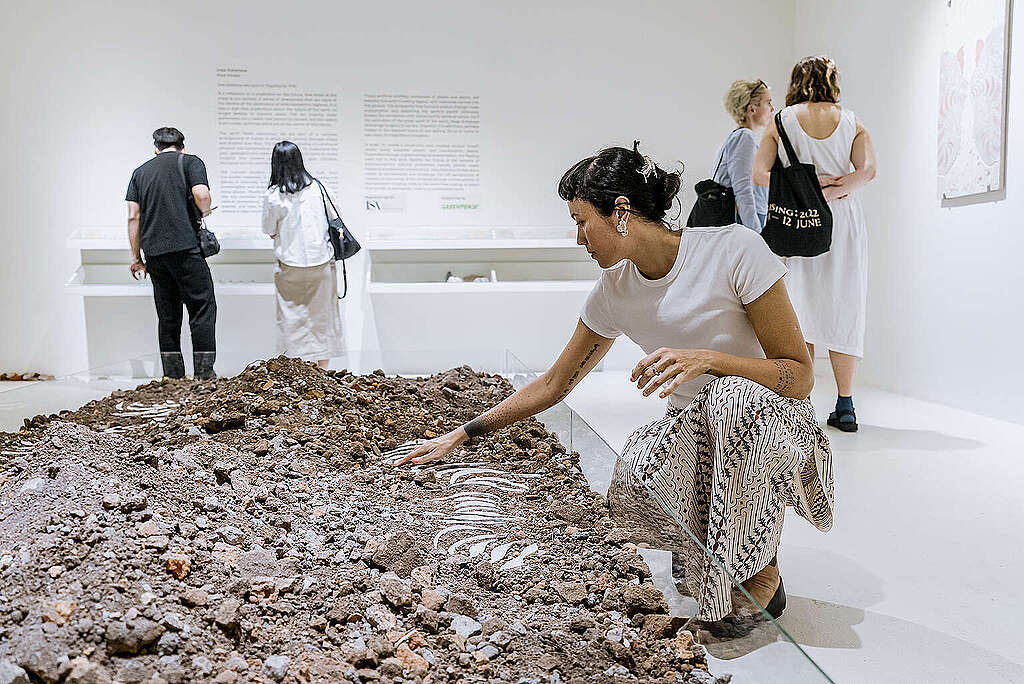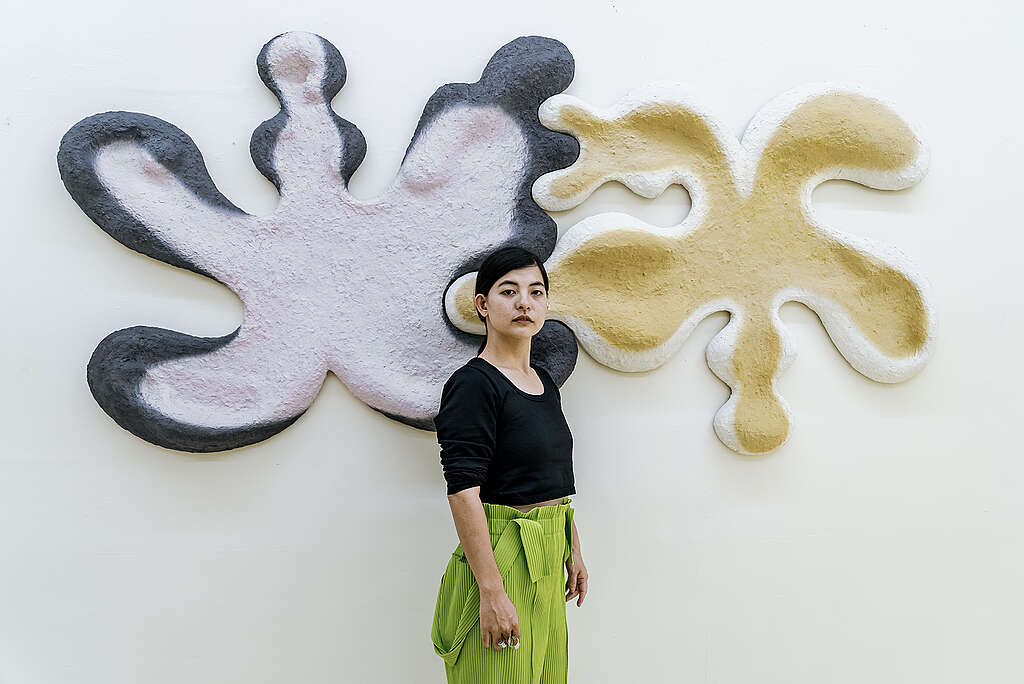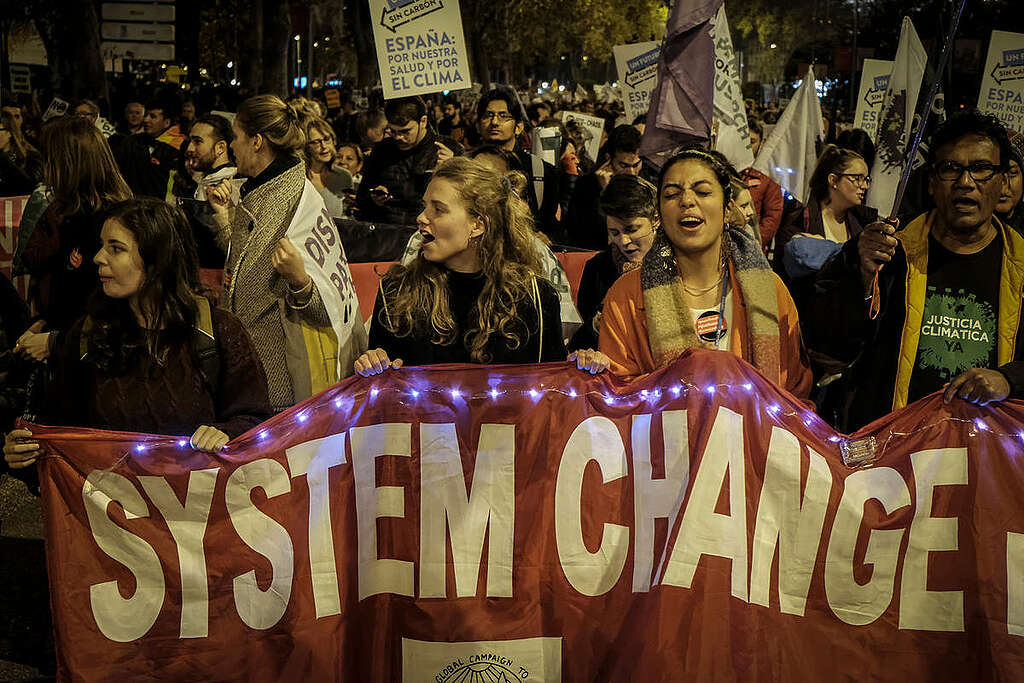The intensifying climate crisis has become an urgent issue that threatens our planet, including in Indonesia, a country rich in biodiversity and natural resources, where its impacts are becoming increasingly apparent: massive floods hitting the capital city and extreme heat putting small islands at risk.
The people in Indonesia are not only dealing with rising cases of diseases related to air pollution, floods, droughts, and the limited availability of clean water and sanitation, but also the frequent hydro-meteorological natural disasters that damage school infrastructures and disrupt teaching and learning, limiting student’s access to quality education.
Inspiration for Collaboration
While governments are often slow to take necessary action, hampered by conflicting political and economic interests, large corporations often prioritise short-term profits and disregard long-term impacts on the environment and society. In this age when exploitation is common, premonitions of the Earth’s destruction is predicted to be a reality if governments and corporations continue with their inaction to preserve our planet.
Inspired by how the climate crisis requires us to reflect on the current state of affairs, as well on the Earth’s future which is increasingly threatened by human’s greed, Greenpeace Indonesia presents a collaboration that acts as a tool to reflect on our action towards nature with two artists, Ines Katamso and Kanoko Takaya, in ARTJOG 2024, one of Indonesia’s biggest art exhibitions held in the city of Yogyakarta. The works by both artists present compelling narratives about our relationship with nature, and how we can learn from the traces of the past to create a more sustainable future.
Ines Katamso: Remembering the Future Through “Post Strata”
Ines Katamso through her work, “Post Strata”, not only creates stunning visual art but also invites us to self reflection. Using recycled plastic and construction debris, she creates “fossilised” remains that explore how the remnants of our civilization, especially plastic, will become an indelible part of the Earth’s geological record in the future. This work is not just aimed to please the eyes; it is a powerful reminder of the traces we leave behind and its long-term impact on the planet.
Ines highlights the imbalance in humanity’s relationship with nature through powerful visual narratives. Her works represent how low-quality materials we use today are prone to degradation and erosion. Plastic, as a symbol of our consumptive modernity, has the potential to become the “fossil” of the future that shows the extinction of natural resources that we overuse.
 Ines Katamso uses recycled plastic and construction debris to create “fossilised” remains that explore how the remnants of our civilization © Greenpeace Indonesia
Ines Katamso uses recycled plastic and construction debris to create “fossilised” remains that explore how the remnants of our civilization © Greenpeace IndonesiaKanoko Takaya: Harmony in Ecological Transformation
Bringing experience and ideas from Kyoto to Bali, artist Kanoko Takaya creates installations that utilise eco-friendly materials such as coconut fibre and textile waste. Through curved lines and soft colours, she invites us to find balance between man and nature. Her work is not just visual art; it is a deep contemplation of human efforts to adapt and live within the boundaries of nature.
Her works are a reflection of economic inequality, the exploitation of nature, and environmental degradation of today. Her art installation entices visitors to experience the process of letting go of greed and finding harmony in simplicity. The subtle curves depict human efforts in dealing with the current global ecological crisis.
 Kanoko Takaya creates installations that utilise eco-friendly materials such as coconut fibre and textile waste. © Greenpeace Indonesia
Kanoko Takaya creates installations that utilise eco-friendly materials such as coconut fibre and textile waste. © Greenpeace IndonesiaThe works by both artists present compelling narratives about our relationship with nature, and how we can learn from the traces of the past to create a more sustainable future.
This collaboration is more than an art exhibition; it is a call for collective action to change the way we view and act towards the environment in order to protect Earth’s future generations. We can see that art, in this context, is not only a medium of personal expression, but also a bold collective statement about environmental justice and sustainability.
By bringing together environmental activism and artistic expression, Greenpeace, Ines Katamso, and Kanoko Takaya demonstrate that creativity can create a much-needed positive change to respect the limits of the Earth and protect it from further destruction.
Join us in creating a world that respects nature’s boundaries by signing this Wellbeing for All petition. You can also talk to your local representatives to demand change for better lives for humans and Mother Earth.

We’re asking governments to put wellbeing at the top of the agenda. Join our global movement and let’s demand wellbeing for all!
Sherina Utami is a Content Writer at Greenpeace Indonesia

 3 months ago
39
3 months ago
39
